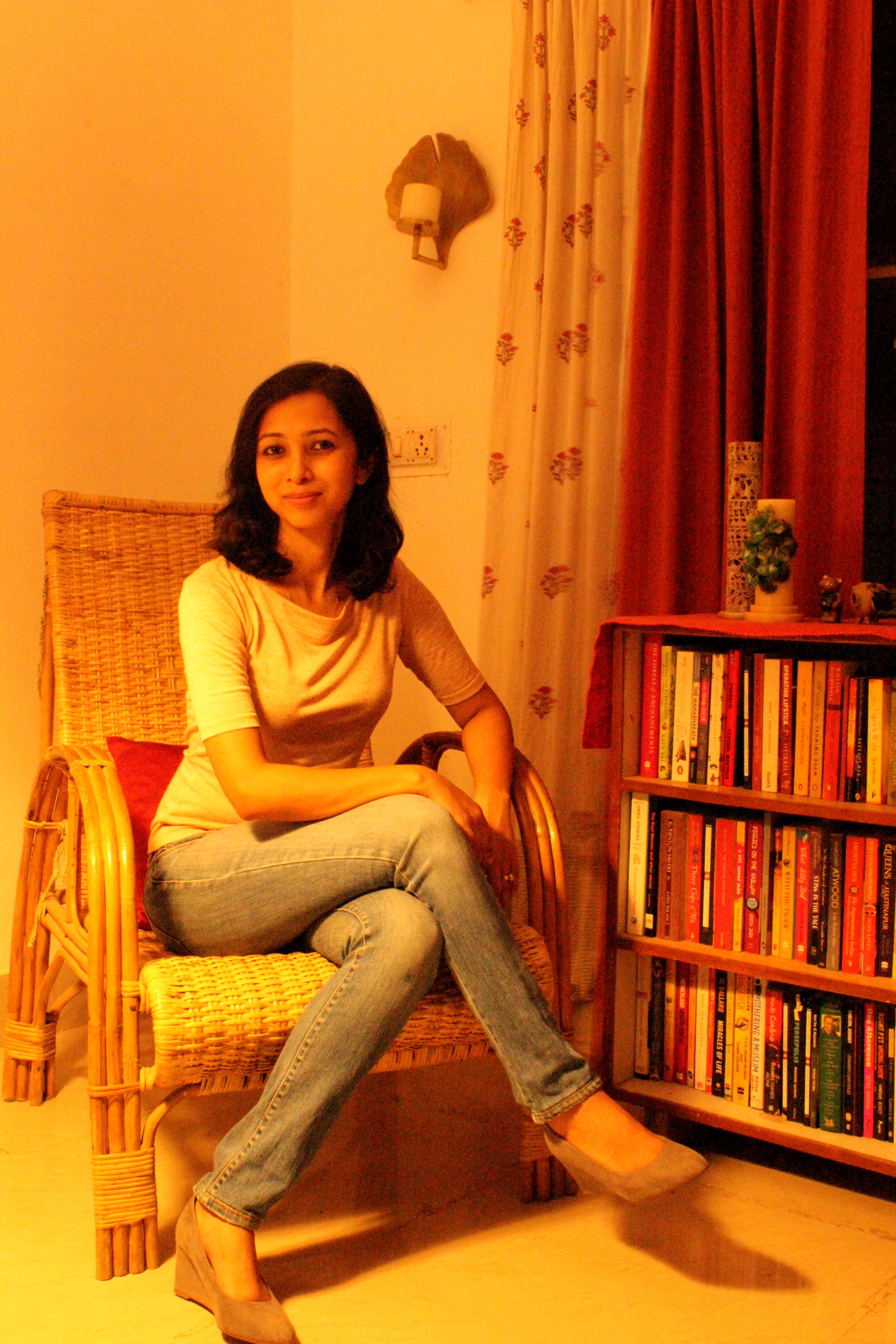A makeover for petha
- Azera Rahman

- Jun 2, 2016
- 3 min read
Updated: Jul 17, 2021
For The Hindu.

In today’s world where businesses face a double challenge — of tough competition and short attention span of the consumer — innovation is the only way to survive and thrive. Traditional sweet makers of Agra, famous for its translucent, soft candy, petha, have realised this, and are thus innovating the humble sweet in myriad ways.
It would be wrong to say that the petha’s popularity has waned—not yet. Tourists visiting the Taj city have, on their itinerary, buying a box of the trademark sweet apart from the focal visit to the Taj Mahal. It is also not uncommon to see people hopping off the train at the Agra railway station for a box, even if it’s a two-minute halt. Innovation in this case is in recognition of the looming threat of other sweets, both Indian and western, entering the market and wooing consumers big time.
“There is so much competition these days, with different kinds of Indian sweets and western influences, like doughnuts, pastries, and cakes, that if we don’t innovate the petha and offer something ‘new’ to the customer, it will lose out in the future,” says Ankit Goyal, owner of Panchhi Petha, one of the well-known chain of petha stores in the city.
Goyal’s store offers 15 varieties of petha. There is chocolate, paan, angoori, khus, orange, pineapple, coconut, dry fruits and kesar, among others. There is even a sandwich variety which is basically two layers of petha with a filling of khoya, cashew, and cardamom.
Traditionally, the petha is made from white pumpkin or ash gourd, which is boiled, peeled and de-seeded. It is then boiled in sugar syrup flavoured with either rose water or flavoured water. It is said that the original recipe of pethaslipped out of the royal kitchen of Mughal emperor Shah Jahan. The sugar syrup sweet, it is believed, provided instant energy to the thousands of workers involved in making the Taj Mahal, in the 17 century.
Although the original variety still boasts popularity, Goyal, whose family has been in the petha business for more than six decades, says that other variants are catching up fast. “Chocolate and Paan petha are very popular with tourists and youngsters because they are different, yet traditional, and are delicious,” he said.
Agra’s petha industry constitutes more than 700 small and big manufacturing units, employing hundreds of people, and producing 700-800 tonnes of pethaevery day. Most of these units are in the Noori Gate area, in the heart of the city.
“ Petha making has been our family business for three generations. My grandfather started it with the dry petha, the traditional variety which has a long shelf life, and therefore one can buy in bulk without having to worry about it getting spoilt soon. But considering the changing times and changing tastes of people, we now offer more variety, like mango petha, honey petha, and dry pistachio petha,” says Ramesh Jain, another petha store owner.
Depending on the variety, a box of petha weighing one kg can cost anywhere between Rs.100-200. Owing to its popularity, petha is also exported to different countries.
Sweet makers of the city are also not oblivious to the fact that the present-day consumer is getting increasingly health conscious. “Customers’ feedback is important while thinking of new varieties. We started offering a sugar-free variety of petha after some people said that diabetic and health conscious people should not be left out,” Goyal said.
Sweet makers of the city are now awaiting Diwali, one of the biggest festivals in India, to unveil their latest petha variety. “No festival in India is complete without sweets. Diwali is a big festival when people buy sweets in bulk and are looking for something new, and different to gift each other. We are therefore working on creating two-three new varieties of petha for this Diwali,” smiled Avin Sharma, a petha shop owner, while arranging the differently coloured rows of the syrupy sweetmeat on the counter shelves behind the glass.




Comments